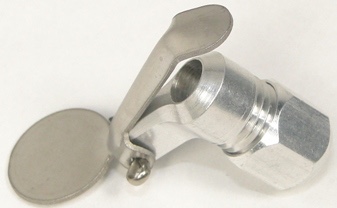SixPapaCharlie
May the force be with you
- Joined
- Aug 8, 2013
- Messages
- 16,012
- Display Name
Display name:
Sixer
You are at altitude 20 min from your destination (uncontrolled 4k ft runway) and it is Texas so one of those rogue plastic grocery bags has caught some lift and managed to get snagged on your pitot tube.
Curious about the different answers.
I know there are pilots that can feel their way to the ground but it is not something that is specifically taught.
Clearly in the case of Air France, this can lead to a catastrophic chain of events.
I have the stall horn to alert me of getting to slow but I think I might have issues with being too fast.
I would opt for a straight in as I don't want to mess with base - final turns w/ no ASI.
Tomorrow is my BFR and just for grins after, I am going up w/ the CISP to do a bunch of slow flight, stalls at various attitudes and kind of play with that envelope a bit.
What do you do?
Curious about the different answers.
I know there are pilots that can feel their way to the ground but it is not something that is specifically taught.
Clearly in the case of Air France, this can lead to a catastrophic chain of events.
I have the stall horn to alert me of getting to slow but I think I might have issues with being too fast.
I would opt for a straight in as I don't want to mess with base - final turns w/ no ASI.
Tomorrow is my BFR and just for grins after, I am going up w/ the CISP to do a bunch of slow flight, stalls at various attitudes and kind of play with that envelope a bit.
What do you do?



 If you don't know what pattern altitude looks like and can't judge your airspeed you're a long way from being a pilot. Of course he asked what my guesstimated airspeed was and altitude and HE confirmed. It taught me to learn my plane and the sight picture.
If you don't know what pattern altitude looks like and can't judge your airspeed you're a long way from being a pilot. Of course he asked what my guesstimated airspeed was and altitude and HE confirmed. It taught me to learn my plane and the sight picture.